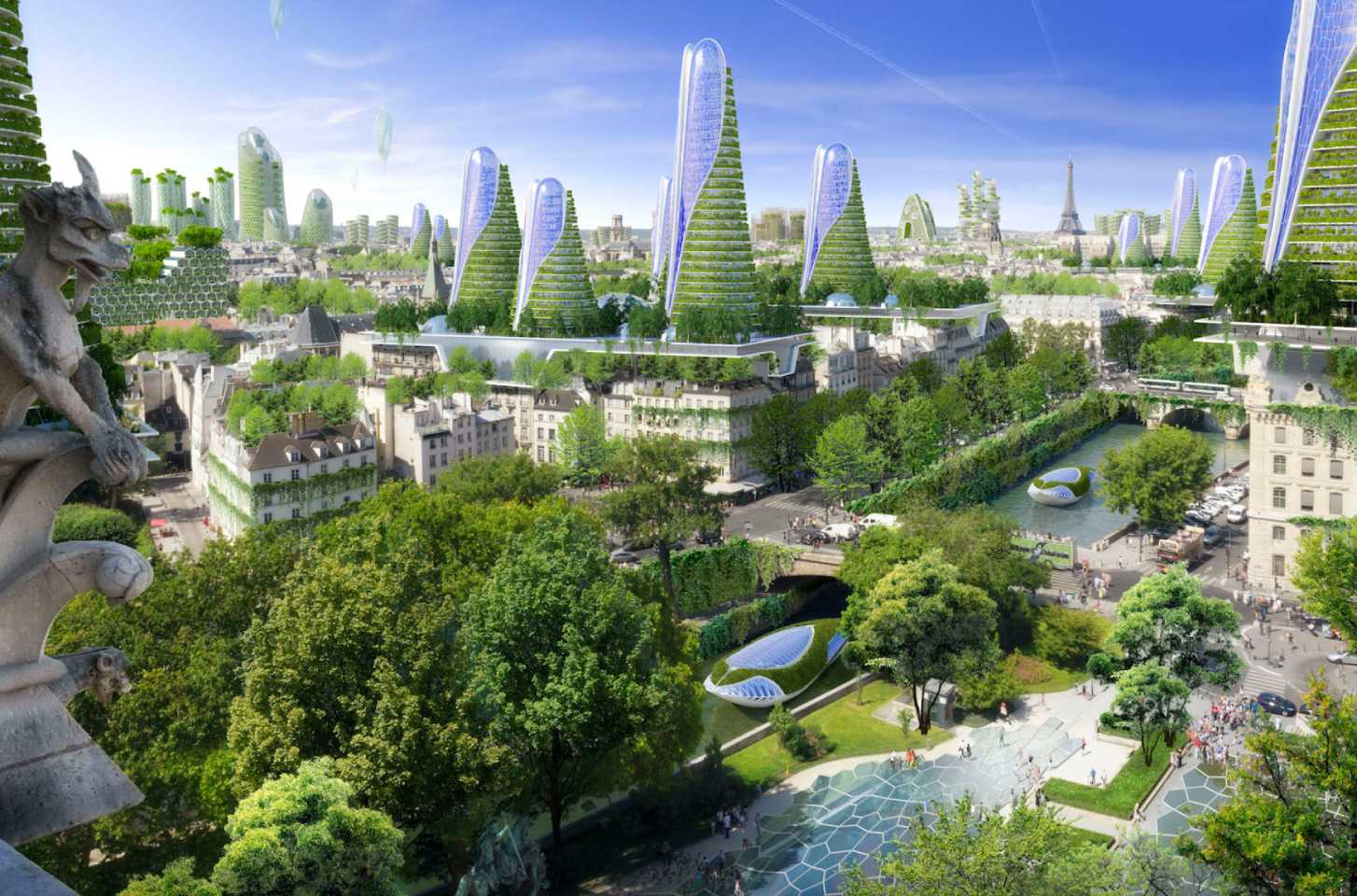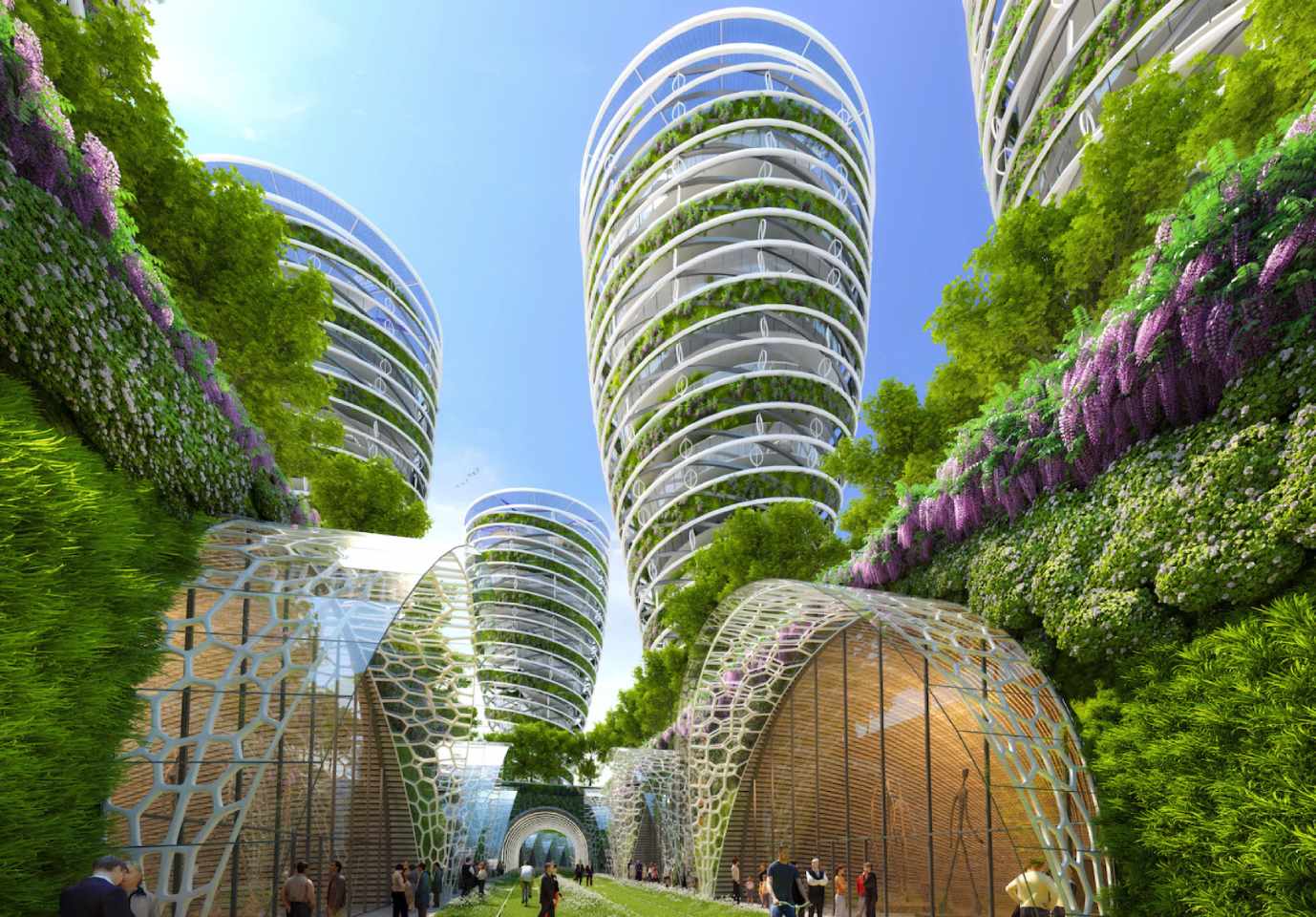A look at the ecological towers created by the firm Vincent Callebaut Architectures.

Paris , the city of light and history, has always faced the challenge of balancing its architectural legacy with the demands of a constantly evolving world and that is why the proposal to create a series of ecological towers does not sound so far- fetched .
The ambitious project “2050 PARIS SMART CITY” raised a crucial question: Should Paris settle for being a museum city or give way to gentrification? This research and development project, led by the agency Vincent Callebaut Architectures, in collaboration with Setec Bâtiment engineers, proposes a bold vision for the future of the city, in line with the Paris Climate Energy Plan that sought to reduce 75 % of greenhouse gas emissions by 2050.
The response was a series of ecological towers that not only sought to control pollution and increase the city’s density but also reintegrate nature into the heart of the metropolis.
These positive energy towers (BEPOS) featured a fusion of bioclimatic design and renewable energy, including solar panels inspired by dragonfly wings, reversible hydroelectric storage, and balcony gardens that recycled water and promoted phytopurification and composting .

An equally exciting part of this futuristic vision is the revitalization of the Petite Ceinture, a former railway line that circles Paris.
In its glory days, it served as a vital link between the main train stations and the city’s fortifications, but its usefulness diminished with the arrival of the subway. Now, the city is transforming this historic gem into a green ecological corridor, preserving its railway heritage and creating green spaces for the community.
The ecological towers, named Antismog Towers, play a fundamental role in this transformation, by integrating community gardens and phytopurification technology in their design.

These eco-friendly skyscrapers not only promise striking architectural aesthetics, but are also designed to be energy autonomous and ecologically responsible. With a proposal that ranges from the production of electricity through wind turbines to the use of the temperature difference with the Petite Ceinture tunnels for passive air conditioning, these projects are an example of how the architecture of the future can be sustainable and aesthetically pleasing. awesome.
The vision of a greener, more sustainable Paris is coming to life thanks to these innovative architectural proposals. The eco-towers offer a glimpse into the city’s future: a Paris that embraces modernity without losing its historic charm, where nature and architecture work together in harmony, making for an exciting chapter in the evolution of this iconic city.